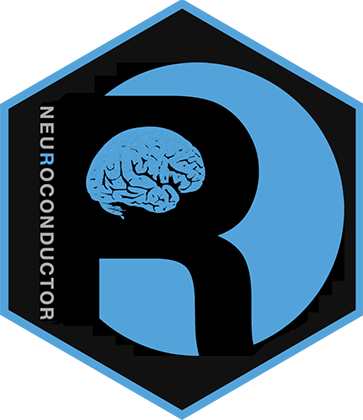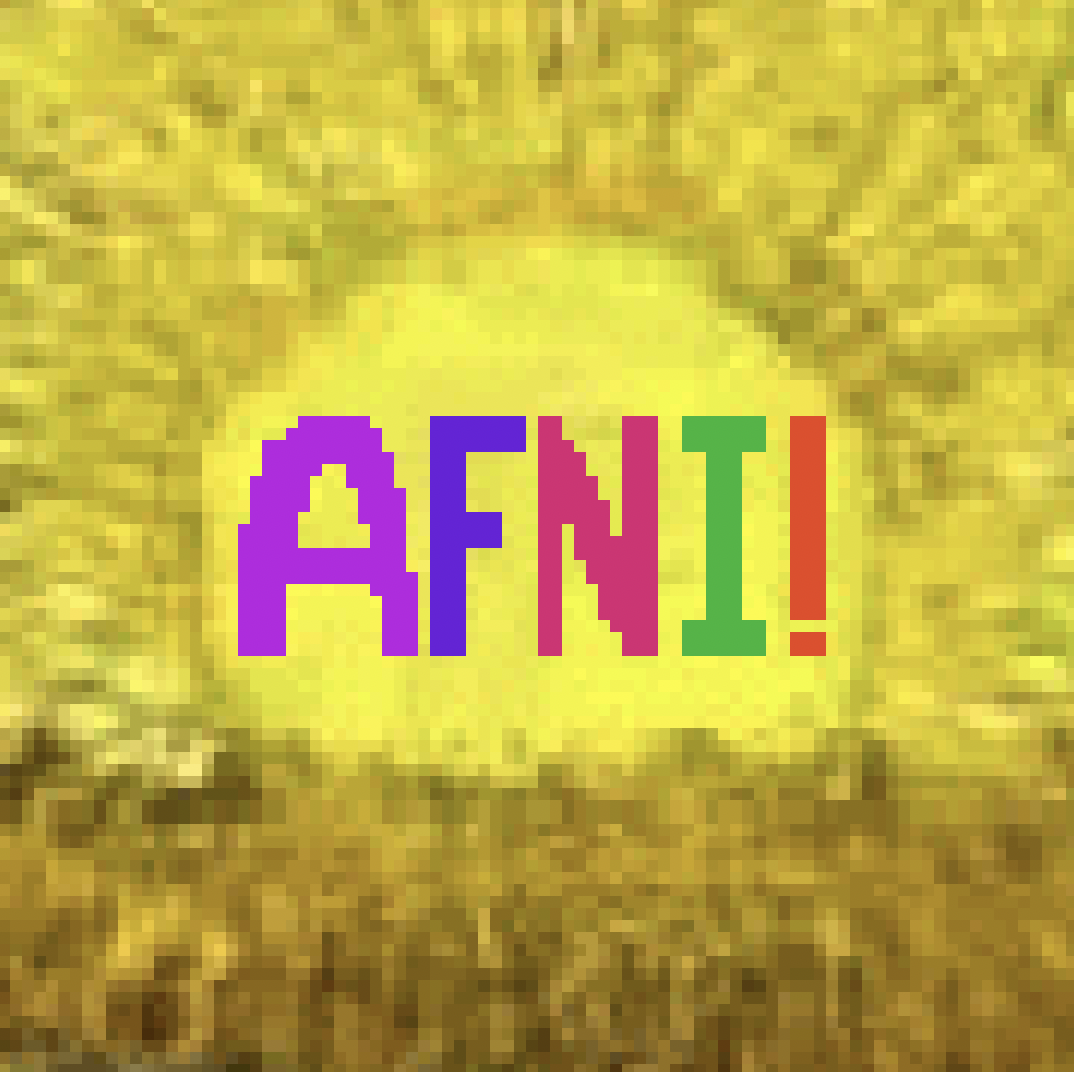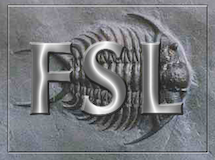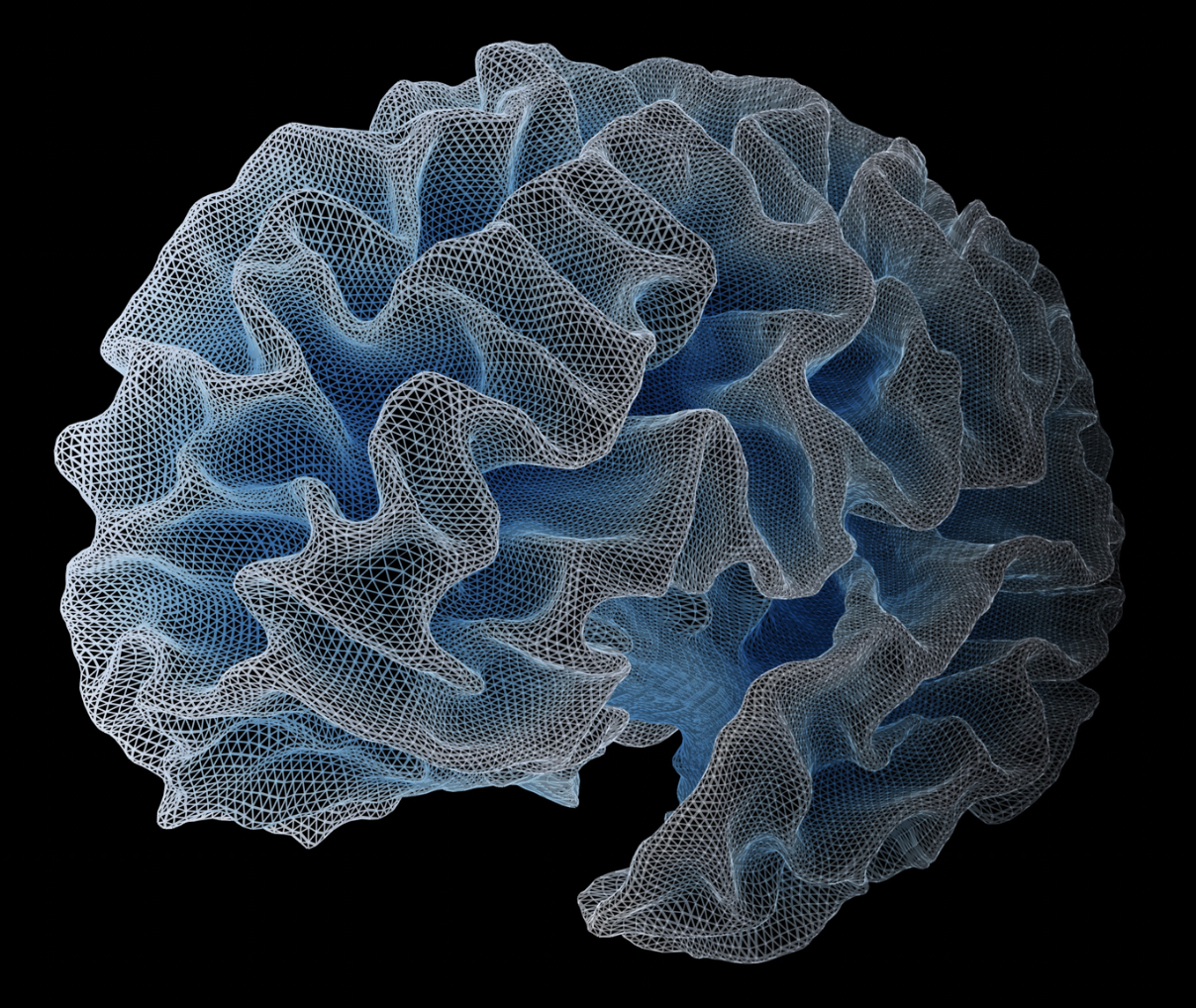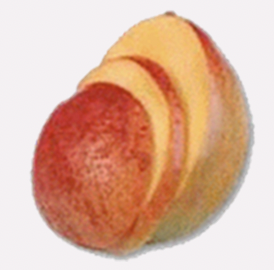Neuroimaging Software
Neuroconductor is an open-source platform for rapid testing and dissemination of reproducible computational imaging software. Based on the programming language R, Neuroconductor started with 51 inter-operable packages that cover multiple areas of imaging including visualization, data processing and storage, and statistical inference. Neuroconductor accepts new R package submissions, which are subject to a formal review and continuous automated testing.
AFNI (Analysis of Functional NeuroImages) is a leading software suite of C, Python, R programs and shell scripts primarily developed for the analysis and display of multiple MRI modalities: anatomical, functional MRI (FMRI) and diffusion weighted (DW) data. It is freely available (both as open source code and as precompiled binaries) for research purposes.
CONN is an open-source SPM-based cross-platform software for the computation, display, and analysis of functional connectivity Magnetic Resonance Imaging (fcMRI). CONN is used to analyze resting state data (rsfMRI) as well as task-related designs.
Connectome Workbench is an open source, freely available visualization and discovery tool used to map neuroimaging data, especially data generated by the Human Connectome Project. The distribution includes wb_view, a GUI-based visualiation platform, and wb_command, a command-line program for performing a variety of algorithmic tasks using volume, surface, and grayordinate data. wb_command is necessary for running HCP data processing pipelines.
FSL is a comprehensive library of analysis tools for FMRI, MRI and DTI brain imaging data. It runs on Apple and PCs (both Linux, and Windows via a Virtual Machine), and is very easy to install. Most of the tools can be run both from the command line and as GUIs (point-and-click graphical user interfaces). To quote the relevant references for FSL tools you should look in the individual tools manual pages, and also please reference one or more of the FSL overview papers.
FreeSurfer is an open source package for the analysis and visualization of structural, functional, and diffusion neuroimaging data from cross-sectional and longitudinal studies. It is developed by the Laboratory for Computational Neuroimaging at the Athinoula A. Martinos Center for Biomedical Imaging.
Mango – short for Multi-image Analysis GUI – is a viewer for medical research images. It provides analysis tools and a user interface to navigate image volumes.
NeuroImaging Tools & Resources Collaboratory is a United States Department of Health and Human Services award-winning, and free web-based resource that offers comprehensive information on an ever expanding scope of neuroinformatics software and data. NITRC has met the stringent FAIR sharing and open access requirements to be listed as a NIH-Supported Scientific Data Repository, a NLM Domain-Specific Repository and a neuroscience repository on Scientific Data. Since 2007, NITRC has been helping the global neuroscience community make further discoveries using software and data produced from research that used to end up lost or disregarded. NITRC also provides free access to data and enables pay-per-use cloud-based access to unlimited computing power, enabling worldwide scientific collaboration with minimal startup and cost.
Statistical Parametric Mapping refers to the construction and assessment of spatially extended statistical processes used to test hypotheses about functional imaging data. These ideas have been instantiated in a free and open source software that is called SPM. The SPM software package has been designed for the analysis of brain imaging data sequences. The sequences can be a series of images from different cohorts, or time-series from the same subject. The current release is designed for the analysis of fMRI, PET, SPECT, EEG and MEG.

